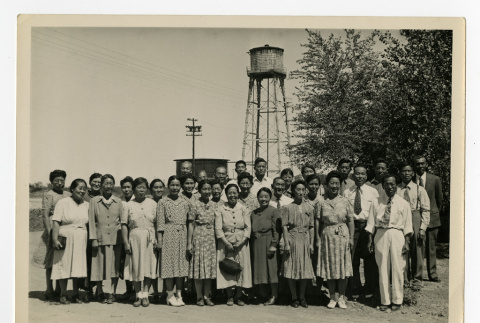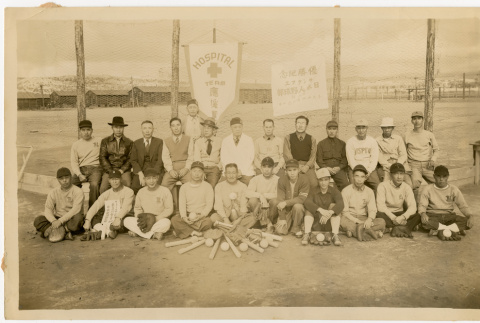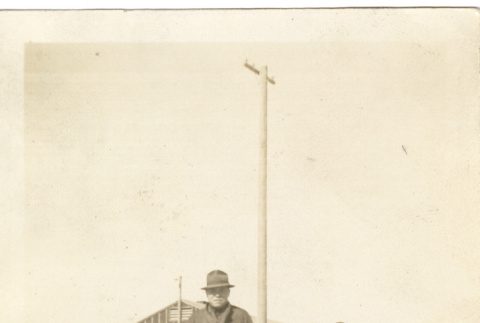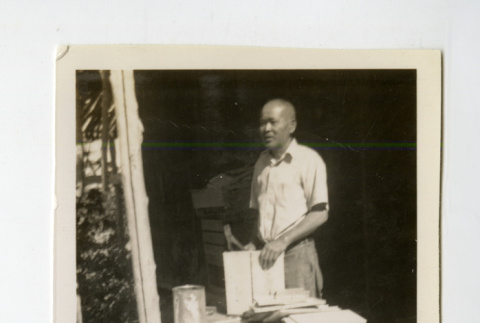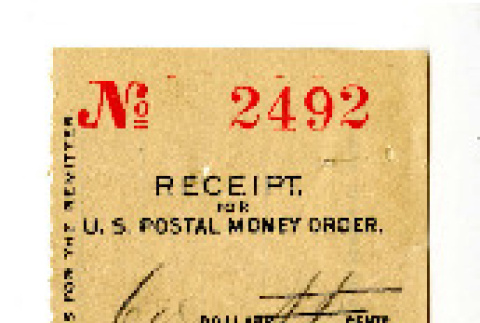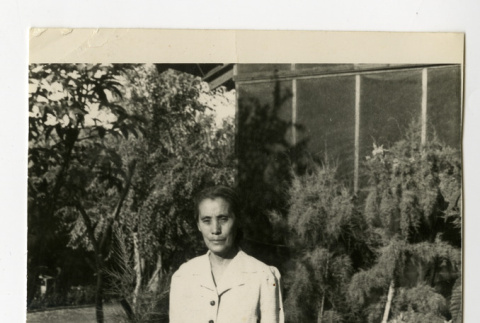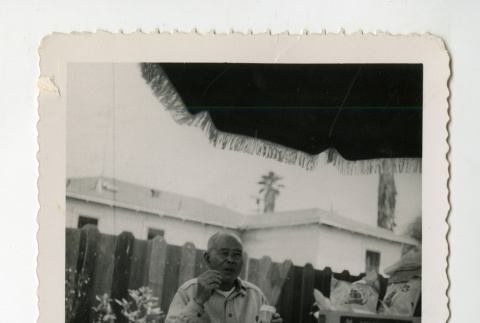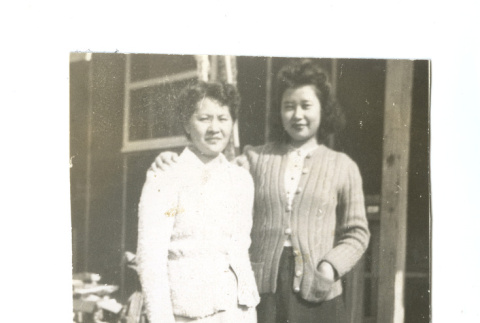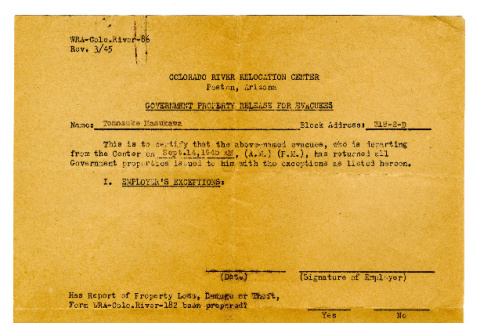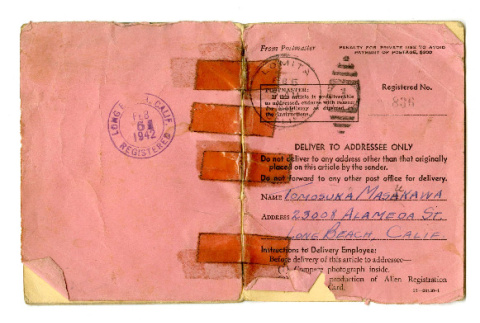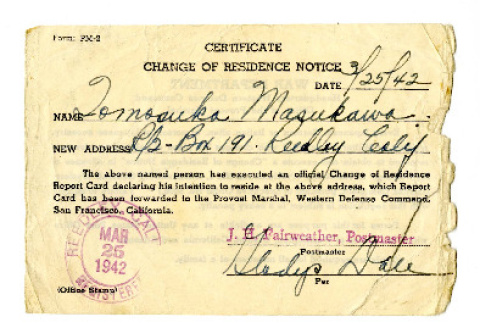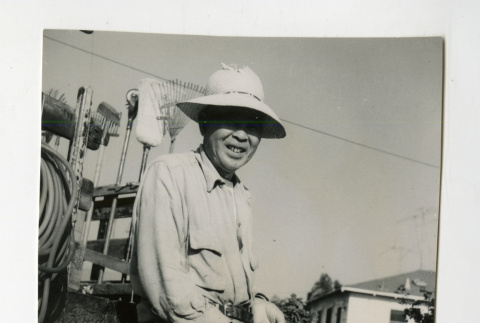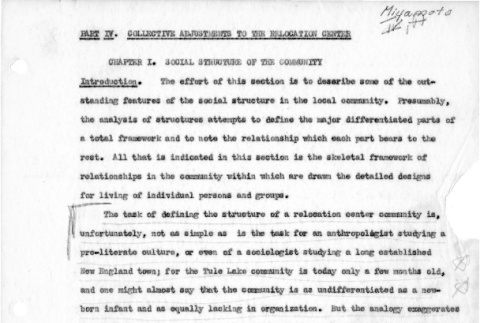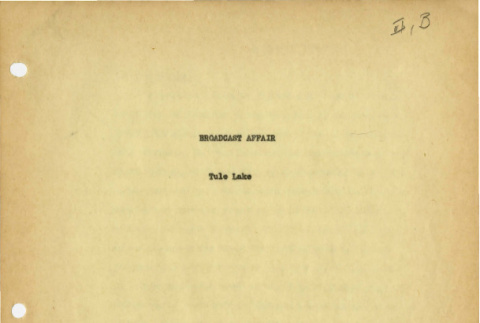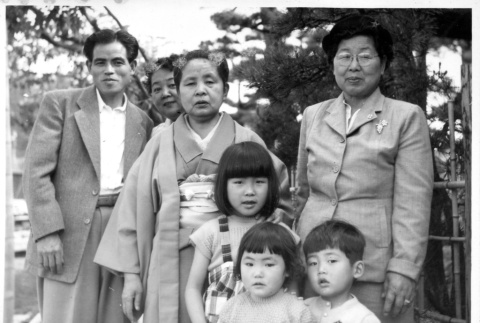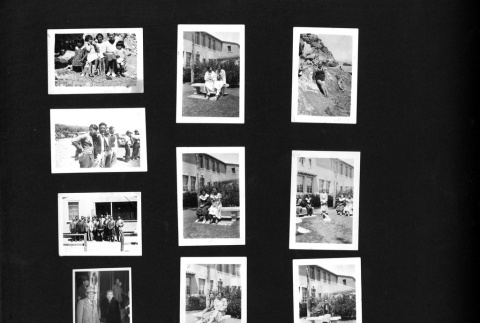Issei
The earliest wave of Japanese immigrants, the Issei (first generation), had a strong sense of their ethnic identity and retained the values and traditions of their country of birth. Most came to the United States as sojourners and planned to return to Japan after earning their fortunes. In addition, discriminatory laws forbade them from becoming American citizens and from exercising other basic rights, such as owning or leasing land. Since they were thus prevented from fully taking part in American life, it is not surprising that many still identified strongly with the culture of their homeland.
Identity and values
(200)
Issei
(1023)
Related articles from the
Densho Encyclopedia :
Issei
1023 items
1023 items
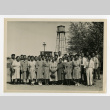
img
Poston bird carving class (ddr-csujad-35-11)
A group photograph of participants in a bird carving class in the Poston camp in Arizona. They are most likely Issei. A water tank is seen in the background. The handwritten note on the back side reads: April 1945, Poston bird carving class taken in front of barracks, Poston, Arizona. See this object in the California …
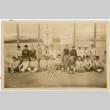
img
Santa Fe Japanese baseball club (ddr-csujad-36-10)
Group photograph of a baseball team, [ Santa Fe Japanese Baseball Club]. A photo from: Manzanar Photo Album. See this object in the California State Universities Japanese American Digitization project site: man_01_011
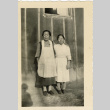
img
Women in apron (ddr-csujad-37-6)
Photograph of two women in apron standing in front of a barrack at the Heart Mountain incarceration camp. See this object in the California State Universities Japanese American Digitization project site: mhf_006

img
Man in front of camp barracks (ddr-csujad-37-9)
Photograph of a man wearing an overcoat and hat standing in front of camp barracks and a utility pole at the Heart Mountain incarceration camp. See this object in the California State Universities Japanese American Digitization project site: mhf_009

img
Tomosuke Masukawa (ddr-csujad-38-231)
Photographed is Tomosuke Masukawa, an incarceree of the Poston camp, Arizona. The caption reads: Pop, 1944. A photo from: Mitzi Naohara photo album (csudh_nao_0200), page 10. See this object in the California State Universities Japanese American Digitization project site: nao_02_10_004

img
Mr. Tanaka (ddr-csujad-38-153)
Photographed is an Issei man, Mr. Tanaka. A photo from "George Naohara photo album" (csudh_nao_0001), page 32. See this object in the California State Universities Japanese American Digitization project site: nao_01_32_001
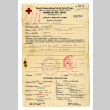
doc
Messages between Tomosuke Masukawa in the Poston in Arizona and Hidetaro Myoren in Hiroshima, Japan, October 29, 1942-September 2, 1943 (ddr-csujad-38-545)
Messages exchanged between Tomosuke Masukawa at the Poston camp in Arizona and his father-in-law, Hidetaro Myoren, in Hiroshima, Japan. The original message informed Hidetaro of the safety of Tomosuke's family in the camp. The reply message informed of deaths of Hidetaro and Kazuko Myoren. The two messages were exchanged with the assistance of the Red Cross, …

doc
Receipt for U.S. postal money order (ddr-csujad-38-531)
A receipt for U.S. postal money order for 60 dollars. Issued by M.O.B. [Money Order Branch] of Walnut Grove, California. It was probably purchased by Tomosuke Masukawa. It is enclosed in an envelope which is found in item: csudh_nao_0504. See this object in the California State Universities Japanese American Digitization project site: nao_05_01_004

img
Koyuta Masukawa (ddr-csujad-38-229)
Photographed is Koyuta Masukawa, an incarceree of the Poston camp in Arizona. A photo from: Mitzi Naohara photo album (csudh_nao_0200), page 10. See this object in the California State Universities Japanese American Digitization project site: nao_02_10_002
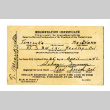
doc
Registration certificate, D.S.S. Form 2, Tomosuke Masukawa (ddr-csujad-38-543)
Registration card, D.S.S. Form 2, for Tomosuke Masukawa including personal descriptive information on the verso. See this object in the California State Universities Japanese American Digitization project site: nao_05_08_002

img
Tomosuke Masukawa (ddr-csujad-38-300)
Photographed is Tomosuke Masukawa. It is taken after he returned from the Poston incarceration camp in Arizona to Los Angeles, California. A photo from: Mitzi Naohara photo album (csudh_nao_0200), page 19. See this object in the California State Universities Japanese American Digitization project site: nao_02_19_001

doc
Receipt for U.S. postal money order (ddr-csujad-38-528)
A receipt for U.S. postal money order for 2 dollars 25 cents. Issued by M.O.B. [Money Order Branch] of Seligman, Arizona. It was probably purchased by Tomosuke Masukawa. It is enclosed in an envelope which is found in item: csudh_nao_0504. See this object in the California State Universities Japanese American Digitization project site: nao_05_01_001
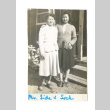
img
Helen Ida and Sally Sakaye Sasaki (ddr-csujad-38-267)
Photographed are Helen Ida and Sally Sakaye Sasaki, incarcerees at the Jerome camp in Arkansas. The photo was sent from Sally Sakaye Sasaki at the Jerome camp to Mitzi Masukawa Naohara at the Poston camp in Arizona. The caption reads: Mrs. Iida [Ida] and Sada. The handwritten note on the back side reads: Mrs. Helen Ida …

doc
Government property release for evacuees (ddr-csujad-38-544)
A form of "Government property release for evacuees" issued for Tomosuke Masukawa, Block 318-2-D at the Poston camp, Arizona. It is singed by Block Manager, H. Hanemoto and Leave Officer in the camp. See this object in the California State Universities Japanese American Digitization project site: nao_05_09_002
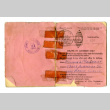
doc
Certificate of identification, Form AR-AE-23, Tomosuke Masukawa (ddr-csujad-38-541)
A certificate of identification for Tomosuke Masukawa including his personal data, photograph, registration number, fingerprint, signature, and, "Notice to holder of this certificate." Form AR-AE-23. See this object in the California State Universities Japanese American Digitization project site: nao_05_07_002
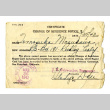
doc
Certificate change of residence notice, Form PM-2, Tomosuke Masukawa (ddr-csujad-38-542)
A certificate change of residence notice, Form PM-2, for Tomosuke Masukawa issued by a postmaster in Reedley, California. Form PM-2. See this object in the California State Universities Japanese American Digitization project site: nao_05_08_001

img
Tomosuke Masukawa (ddr-csujad-38-312)
See this object in the California State Universities Japanese American Digitization project site: nao_02_19_013
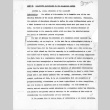
doc
Part IV. Collective adjustments to the relocation center, chapter I: social structure of the community (ddr-csujad-26-5)
Description of camp social structures including "Caucasian-Japanese relations" highlighting tension and hostility by three groups that most directly involve Japanese Americans and the incarceration: The War Relocation Authority (WRA), the US Army and the American public. Using case - studies, the manuscript examines these relationships and discusses the circumstances of incarceration contributing to differences in social …
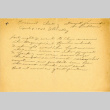
doc
Chapter 8, 9, 10 personality cards (ddr-csujad-26-35)
Journal entries written by high school students discussing their observations and perspectives on a variety of topics including movies, dances, dissatisfaction with recreation, family dynamics, desire to leave camp, cultural and generational differences, and weather. Each entry includes the full date and student name. The entries were part of a class assignment and collected for the …
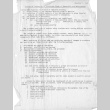
doc
Outline of University of California study of evacuation and resettlement (ddr-csujad-26-2)
Outline for an academic social science study, the Japanese American Evacuation and Resettlement Study (JERS), led by the University of California of the incarceration of Japanese Americans during World War II. Outline highlights area of administrative, social, political and personal areas to be studied by a team of researchers encamped with incarcerees. See this object in …

doc
Personality cards (ddr-csujad-26-43)
Journal entries written by high school students discussing their observations and perspectives on a variety of topics including family interactions, memories, homesickness, friendships, social interactions, school, self-reflection, juvenile delinquency, peer behaviors, death, religion, opinions, and worldviews. Each entry includes the full date and student name. The entries were part of a class assignment and collected for …

doc
Structural report, institutional adjustments, VII: communicative institutions (ddr-csujad-26-13)
Description of observed language skills, languages spoken, and cultural differences contributing to difficulty in communication among incarcerees. The report defines communicative institutions "as means of passing information from place or person to another." Report compiled as a portion of the Japanese American Evacuation and Resettlement Study (JERS). See this object in the California State Universities Japanese …
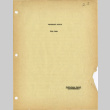
doc
Broadcast affair Tule Lake (ddr-csujad-26-18)
Chronological account of an Office of War Information visit to Tule Lake to ask incarcerees to broadcast about the conditions of the incarceration camp in response to reported propaganda broadcasts on Tokyo radio. Report describes conditions under which the broadcast would have been made, details of meetings, and arguments for and against the broadcast. Report compiled …

img
Kamie Taenaka, family reunion (ddr-csujad-25-173)
A group photograph of Kamie Taenaka and her relatives probably taken in Hamamatsu, Japan. The same image is found in item: ucsb_jia_0128. See this object in the California State Universities Japanese American Digitization project site: jia_08_03_045
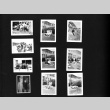
img
Japanese association (ddr-csujad-25-306)
A page from a photo album including Japanese family photographs. Pasted on the page are family photographs including Japanese men, women and children. One of the photographs captures a group of Japanese men who belong to the local Japanese association. Also include photographs of Japanese-American females taken at school and dated June 15, 1934. See this …
